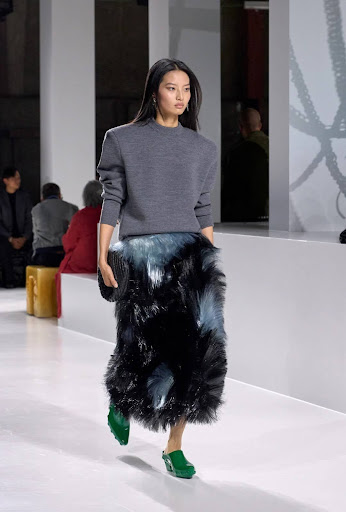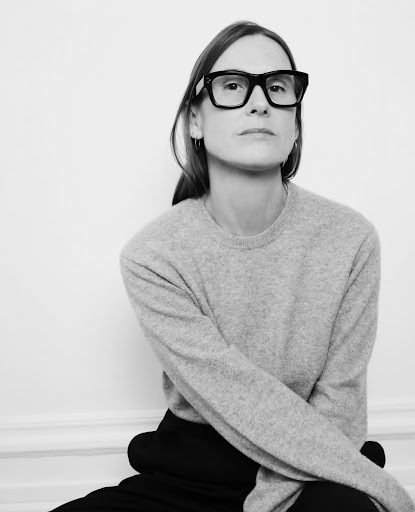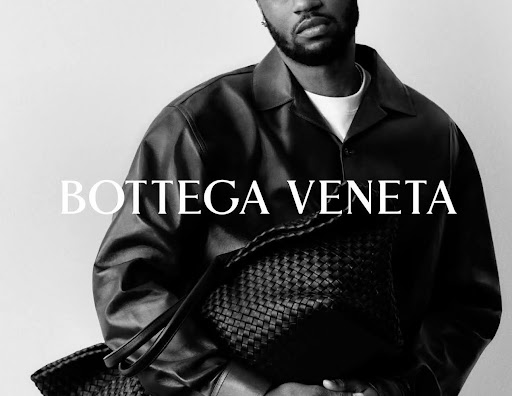Amid the winding streets of Italy’s most fashionable city, countless designers debuted their latest collections during Milan Fashion Week. Starting on September 23th, luxury fashion houses from across the globe unveiled their Spring/Summer 2026 collections on extravagant runways with celebrities lining the front rows.
With over 15 new creative directors at the helm of various notable brands such as Gucci, Versace, and Dior, it was guaranteed that many lines would look much different than they had appeared in the past. New designers means original ideas, fresh trends, and divisive changes.
Many were anxiously refreshing their social media feeds to see each brand’s new look. While some designers approached their new position with a safe vision, remaining true to the house’s staple characteristics, others introduced shockingly new designs that left consumers feeling blindsided.
With thousands of conflicting fashion opinions swirling around the internet, it can be difficult to understand what qualifies as true artistry and what is just plain mediocre. Yet, one clear winner of Milan Fashion Week distinguished themselves from the rest of the pack–– and even more impressively, it was their first-ever collection for a luxury brand.

Look 31 of Bottega Veneta’s SS26 show featuring a skirt made from recycled fiberglass. (Photo courtesy of Bottega Veneta’s website)
Louise Trotter, newly declared creative director of Italian brand Bottega Veneta, debuted a season that can be described as nothing short of artistic genius. Adorned with incredibly intricate beaded dresses, feathery blouses constructed of fiberglass, and sculptural leather bags, Trotter showcased her full creative potential and meticulous attention to details.
Personally, I was blown away by the brilliance of the work, especially since she had just stepped into her new role. It can be easy to write off fashion as an insignificant and shallow industry, but it’s with collections like these where anyone can understand and appreciate the amount of effort put into these pieces that can be deemed art.
Seeing Trotter’s work brought to mind a question that made me start digging deeper into the executives of luxury fashion houses. Vogue Business releases a bi-annual index ranking the performance of dozens of luxury brands by measuring various metrics such as revenue, digital, consumer sentiment, and innovation. Among the top 10 highest-performing brands in March of 2025, only one––Hermès––has a sole female creative director.
How is it that 90% of the top brands in charge of dictating how society dresses are run by… men?
This sentiment runs deep within the roots of luxury fashion. Think about the names of all the founders of brands I’ve mentioned previously: Guccio Gucci, Gianni Versace, Christian Dior––all men. Even Bottega Veneta was created by Renzo Zengiaro and Michele Taddei, more men that have never experienced life as a female.

Realizing that the fashion industry is overwhelmingly male-dominated, I couldn’t help but wonder how these men could ever truly understand what it means to be a woman. Many females agree that there are defining characteristics and specific experiences that shape a woman’s life. There’s a certain beauty to femininity that can’t be replicated by people that have never lived it. If the clothes we wear are supposed to be an accurate representation of our emotions, how can men decide how we feel?
Fashion is a $1.84 trillion dollar industry. Furthermore, the fashion space is one almost solely targeted towards women. Brands devote the most time, resources, and creativity to curating collections for women across the world. The most famous fashion shows, iconic designer outfits, and notable fashion moments all place women at the forefront. However, behind the curtain, it is men who are the ones pulling the strings, curating these occasions.
Sure, some of these male designers may seek input from the women around them, but ultimately, the men are the ones choosing how we are “supposed” to present ourselves. In a space that is so heavily focused on elevating the female experience and celebrating women, it feels hypocritical that very few women have the opportunity to lead a brand or use their power to create something meant for other women.
At the end of the day, I am sure that most––if not all––male designers have a true appreciation for the women they are creating clothes for. When asked about the intentions behind his work, Designer Oscar de la Renta famously said, “My role as a designer is to make a woman feel her very best.” The clothing made by these men have shaped the fashion world for decades, but I believe it is time for women to do the same.
I do not wish to discredit the brilliance of these men who have earned the positions they hold, but rather to shed light on the absence of women these leadership roles. Though for most of history men have domineered the fashion space, it is with influential women like Louise Trotter that the tides may change. I am excited to see what Trotter does at Bottega, and I hope her talent and vision will inspire more women to do the same.








